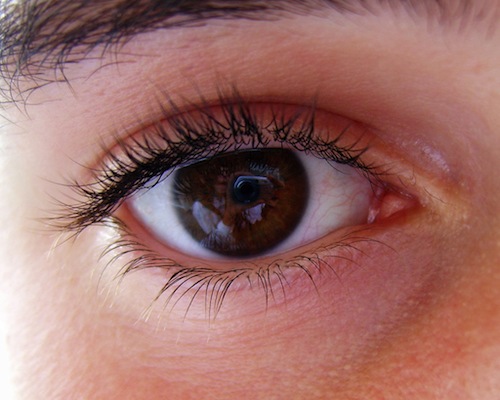 Evolution
Evolution
 Intelligent Design
Intelligent Design
Caught in Candid Moment, New York Times Admits “Perfection” of the Human Eye’s “Design Features”

Here’s one we missed from a couple of years ago in the New York Times, as a corresondent emails us to point out. Back in 2010, science reporter Natalie Angier candidly admitted the perfection of the eye’s “design features,” as she unwarily put it.
[T]he basic building blocks of human eyesight turn out to be practically perfect. Scientists have learned that the fundamental units of vision, the photoreceptor cells that carpet the retinal tissue of the eye and respond to light, are not just good or great or phabulous at their job. They are not merely exceptionally impressive by the standards of biology, with whatever slop and wiggle room the animate category implies. Photoreceptors operate at the outermost boundary allowed by the laws of physics, which means they are as good as they can be, period. Each one is designed to detect and respond to single photons of light — the smallest possible packages in which light comes wrapped.
“Light is quantized, and you can’t count half a photon,” said William Bialek, a professor of physics and integrative genomics at Princeton University. “This is as far as it goes.”
The reader points out the difficulty for Darwinian explanations:
If the eye is indeed perfect by design (it can detect one photon), it has to be impossible to evolve, since the closer one gets to perfection, the lower the advantage to the being and the more impossible it becomes to fix the mutations that might advance the efficiency in the population. Is there any selective advantage to having an eye that detects a single photon over one that detects, for example, two photons? 5 photons? 50 photons, 100 photons? 1000 photons? Here again, the Hardy-Weinberg equation makes it clear that the enhancement cannot be fixed, and the perfection of the eye or other body parts is only explicable if there is a Designer of perfect skill.
Good point.
Photo credit: Dan Foy/Flickr.
